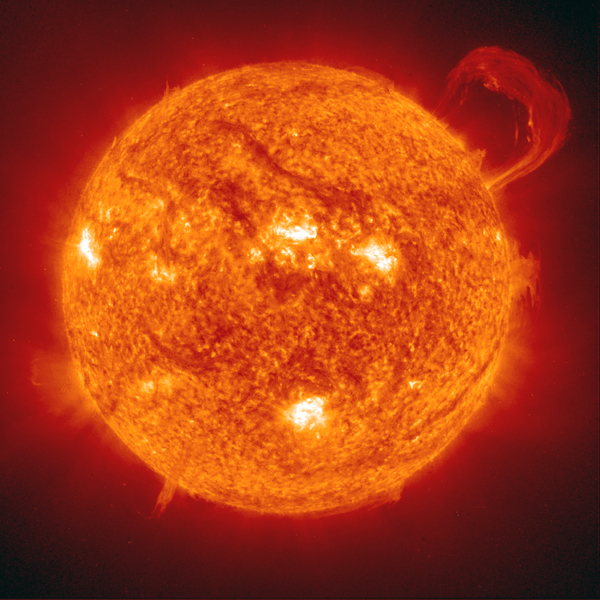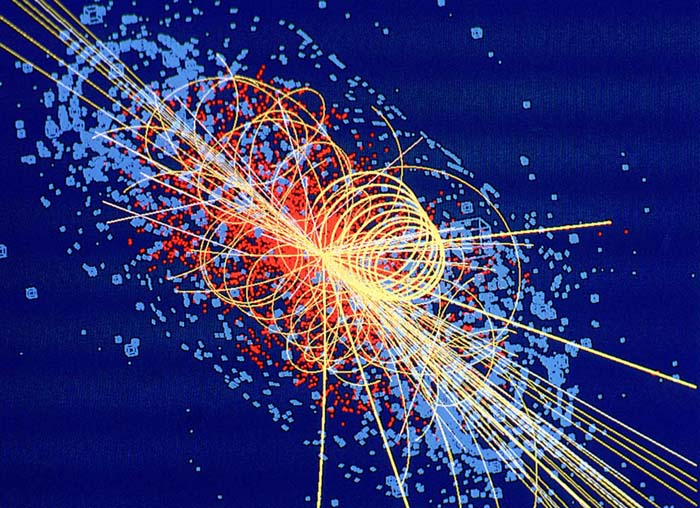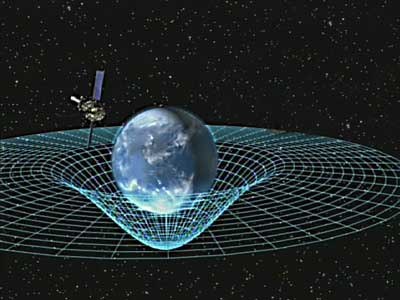Here is how we derive mass energy equivalence
Force is defined as rate of change of momentum i.e.,
….. (1)
According to the theory of relativity, both mass and velocity are variable. Therefore
….. (2)
Let the force F displace the body through a distance dx. Then, the increase in the kinetic energy of the body is equal to the work done
. Hence,
or, ….. (3)
According to the law of variation of mass of velocity
….. (4)
Squaring both sides,
or,
Differentiating,
or, ….. (5)
From equation (3) and (5)
….. (6)
Thus, a change in K.E. is directly proportional to a change in mass dm. When a body is at rest, its velocity is zero, (K.E. = 0) and
. When its velocity is
, its mass becomes m. Therefore, integrating equation (6)
Therefore, ….. (7)
This is the relativistic formula for K.E. When the body is at rest, the internal energy stored in the body is .
is called the rest mass energy. The total energy (E) of the body is the sum of K.E.
and rest mass energy
So,
This is Einstein’s mass energy relation.
This relation states a universal equivalence between mass and energy. It means that mass may appear as energy and energy as mass.
The relationship between energy and mass forms the basis of understanding nuclear reactions such as fission and fusion. These reactions take place in nuclear bombs and reactors. When a uranium nucleus is split up, the decrease in its total rest mass appears in the form of an equivalent amount of K.E. of its fragments.






